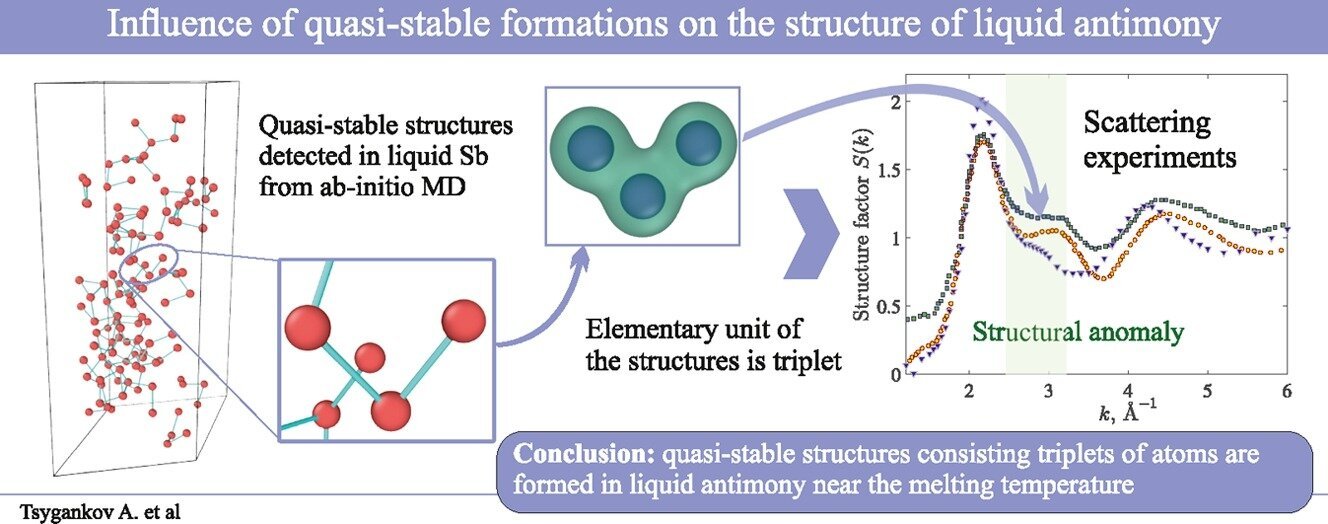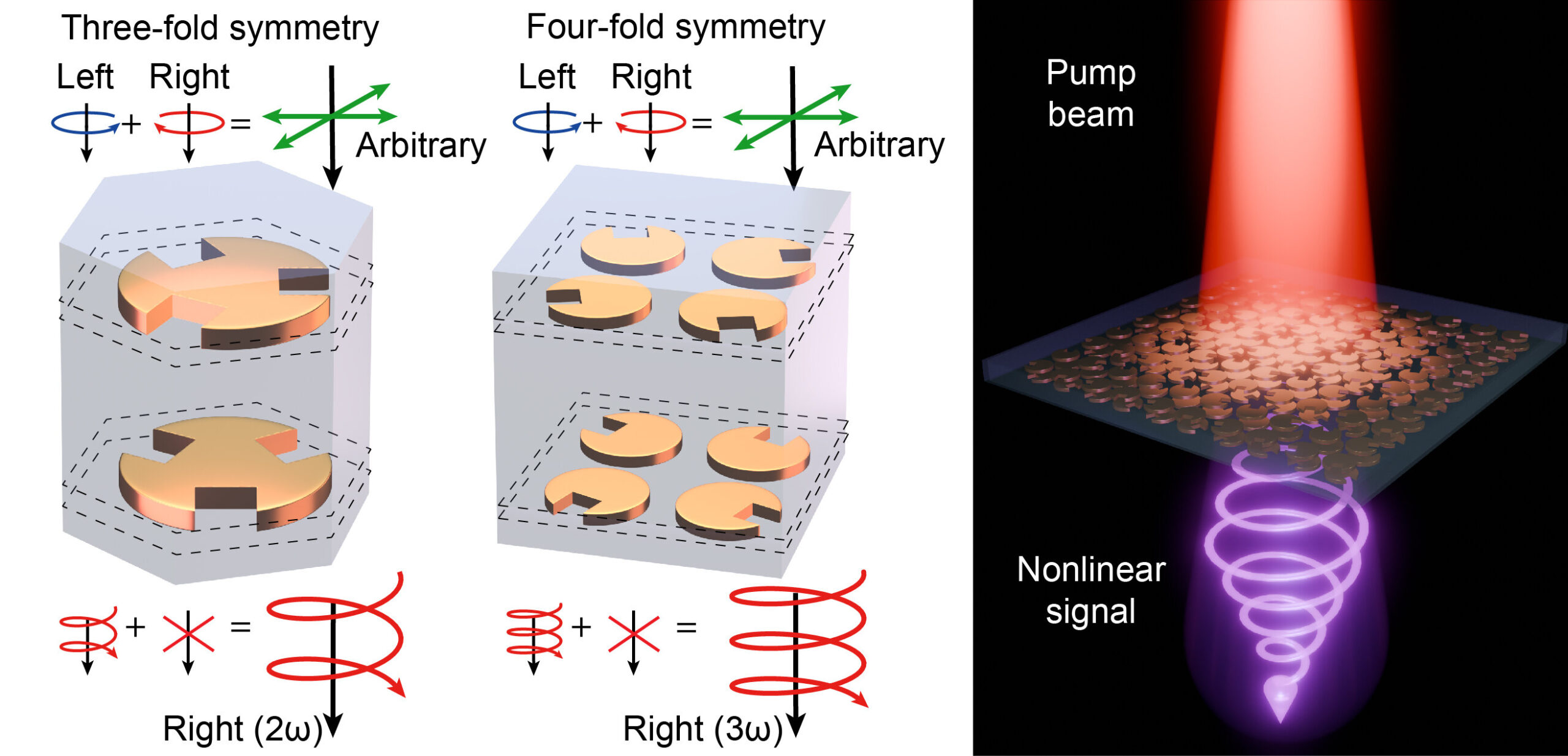Phase transitions, the shifts between different states of matter, are fundamental phenomena in physics. They describe how materials change from one form to another—like how water freezes into ice or how magnets transition between magnetized and demagnetized states. These transitions are commonly studied in three-dimensional (3D) and two-dimensional (2D) systems, but recent theoretical studies suggest that such transitions could also occur in one-dimensional (1D) systems, which have previously been considered unsuitable for exhibiting phase changes.
In a groundbreaking study published in Nature Physics, researchers from the Duke Quantum Center and the University of Maryland have reported the first-ever observation of a finite-energy phase transition in a 1D chain of atoms simulated on a quantum device. This discovery opens up exciting new avenues for studying phase transitions in systems that were once thought to be too simple or restricted for such phenomena.
This significant achievement was the result of a collaboration between the theoretical physicists at the University of Maryland and the experimental physicists at the Duke Quantum Center. The study highlights how quantum simulators can be used to probe exotic states of matter and even recreate phase transitions in systems with fewer dimensions, challenging our current understanding of these processes.
Theoretical Background: Rethinking One-Dimensional Systems
Traditional physical theories, like those of Landsberg and Fisher, suggest that phase transitions require a higher degree of complexity and interaction, which is usually only present in 3D systems. In simple terms, phase transitions in 1D systems were once believed to be impossible because the lower dimensionality limits the types of interactions that could occur between particles. For instance, water cannot freeze into ice in 1D because there aren’t enough neighboring molecules to interact with.
However, recent theoretical proposals by renowned physicists, including Richard Feynman, Freeman Dyson, and Michael Thouless, have suggested that under the right conditions, phase transitions could indeed occur in 1D systems. These conditions primarily involve long-range interactions between atoms—where the atoms are not just interacting with their immediate neighbors but also with atoms located further away.
This theoretical possibility laid the groundwork for this pioneering experiment. As Alexander Schuckert, the lead theoretical author of the paper, explained, “Our research was driven by a desire to understand the fundamental states that matter can exist in, specifically focusing on exploring a phase change in a 1D chain of atoms—a phenomenon that had been predicted theoretically but remained unobserved experimentally.”
The Quantum Simulator: A Platform for Realizing One-Dimensional Systems
To explore the theoretical predictions, the researchers turned to quantum simulators—devices capable of recreating complex quantum systems in a controlled manner. Specifically, they used a trapped-ion quantum simulator, which is designed to simulate the behavior of particles in a specific arrangement, such as a chain of atoms.
The experimental setup, carried out at the Duke Quantum Center, involved using 23 ytterbium ions, which are charged atoms that can be precisely controlled and arranged into a 1D chain. These ions were trapped and manipulated using electromagnetic fields, creating a highly controllable system that mimicked the behavior of a magnet.
As Or Katz, the lead experimental author of the paper, explains, “By carefully controlling the interactions between these ions using electromagnetic fields, we effectively built a 1D magnet, atom by atom, using this quantum simulator.” This approach was critical for ensuring that the atoms interacted over long distances, which is essential for observing phase transitions in 1D systems, as theorized by Dyson and Thouless.
Overcoming Challenges: Simulating Phase Transitions
One of the key challenges in quantum simulations is achieving controlled heating—necessary for simulating a phase transition as a function of energy or temperature. In traditional systems, like water in a kettle, heat is transferred to the water through contact with a hot surface (a heat bath). However, in a quantum system, such coupling to a bath can disrupt the delicate quantum state of the system, making it difficult to observe phase transitions.
To address this issue, Schuckert and his team developed a novel experimental technique. Instead of using an external heat bath, the researchers devised a method that allows the system to “heat” itself by evolving naturally. Essentially, the ions were prepared in a specific initial state and allowed to evolve according to their own natural quantum dynamics, which mimicked the effects of increasing energy or temperature in the system.
Katz and Monroe, the experimentalists at the Duke Quantum Center, implemented this technique in the quantum simulator. They observed how the system transitioned from a magnetized (ordered) state to an unmagnetized (disordered) state, confirming the occurrence of a phase transition.
“This was the first experimental observation of a phase transition in a 1D chain of atoms, a phenomenon that had never been observed in a physical system before,” said Katz. The success of this experiment marks a major milestone in quantum physics and confirms the theoretical predictions that phase transitions are indeed possible in 1D systems under the right conditions.
Implications and Future Directions
The results of this groundbreaking study underscore the potential of quantum simulators as tools for studying complex quantum behaviors. By simulating simpler systems, researchers can gain deeper insights into more complex quantum materials that may not be accessible using conventional methods.
As Schuckert and his team look to the future, they envision expanding their work by experimenting with 2D systems—arranging the ions in more complex configurations to study higher-dimensional phenomena and discover new types of phase transitions. “One possible avenue for future investigations will be to expand this research by arranging ions into two-dimensional arrays, which would allow the study of more complex systems and potentially discover new phases of matter,” Schuckert added.
Moreover, the team plans to extend their technique to model materials at lower temperatures and study the behavior of systems with finite energy. Their current work has been limited to higher temperatures, but achieving the ability to simulate lower temperatures will broaden the range of phenomena that can be studied and allow for more accurate modeling of real-world materials.
These advancements hold promise not only for theoretical physics but also for the development of quantum technologies. By gaining a deeper understanding of quantum behaviors in different materials, scientists may be able to design and engineer new materials with tailored properties—leading to advances in fields like quantum computing, quantum communication, and quantum sensing.
Conclusion
The successful observation of a finite-energy phase transition in a 1D chain of atoms marks a groundbreaking achievement in quantum physics, providing experimental validation for theories that had been predicted but never before observed. This work opens up new possibilities for exploring exotic states of matter, providing a powerful tool for understanding complex quantum systems. With the continued development of quantum simulators and the expansion of their capabilities, researchers will be able to study a wider range of phenomena and deepen our understanding of quantum mechanics, ultimately advancing the field of quantum science and technology.
Reference: Alexander Schuckert et al, Observation of a finite-energy phase transition in a one-dimensional quantum simulator, Nature Physics (2025). DOI: 10.1038/s41567-024-02751-2. On arXiv: DOI: 10.48550/arxiv.2310.19869






